I was able to find many ios apps that are created to help people to learn Indigenous languages, such as Anishinaabemowin, Plains Cree, Blackfoot, Sm’algyax, Stoney, and many others. Although many of these apps only help to teach basic terms and sentences it is great to see that there is such a wide range of languages available to those who are willing to learn.
Category Archives: MODULE 4
M4 Post 2: Indigenous TikTok
@dreadfulbird Interact with this so we can spread this message far and wide? ???????????????? #TakeAMoment #JustForNow
Indigenous TikTok
I wanted to start the blog with this video because I love when he shows up on my TikTok and reminds me to take a moment.
This is a place where I personally have found many Indigenous people across Turtle Island who are sharing parts of their culture and perspective with the world. The humour that comes out and joy connects with me and makes me feel happy about the representation they are putting out. Here I have embedded @Indigenous_baddie and her video following a popular meme.
@indigenous_baddie Get ready w me /Indigenous Edition #HomeCourtDunkoff #BeautyTutorial #WholeNewGame #foryou #fyp #indigenous
@brettstoise Too majestic to be waving normally ???? #nativehumor #indigenous #nativetiktok #nativeamerican
M4 Post 1: Indigenous Youth Wellness
https://www.indigenousyouthwellness.ca
Indigenous youth wellness is a website created by BC Aboriginal health; they also have a youtube channel. They have links to various sites and useful information regarding Indigenous wellness. The website is on the older side and looks to be no longer updated but has good information and links to useful websites.
Jessica Presta: Module 4, Post 5
My review of social media and its affordances for Indigenous people seeking to explore and share their identities would not be complete without a look at some of the challenges to engaging in these digital spaces. Many Indigenous social media users have to continually weigh the risk vs benefit of being open about their Indigeneity in online spaces. This is due to the potential for backlash, racism, bullying, and violence. If they do share their Indigeneity, then it becomes a question of how much.
In Carlson and Kennedy’s (2019) article, they analyze results from their online survey of Indigenous respondents and share many of the challenges they face to participating in these environments as openly Indigenous. Some participants discuss sharing their Indigeneity to then only have it be questioned because they don’t look a certain way. Some have had to face stereotypes of criminality and inferiority. Others have faced intense discrimination and prejudice. Because of this, 50% of their respondents stated they omit certain aspects of their Indigeneity for safety and self preservation. One respondent discussed how social media can fuel these behaviors because it “gives racism a platform and … becomes a tool for people with not very good intentions” (2019). What was new for me, is that this form of racism is called ‘platformed racism’ because it is derived from the culture of social media platforms.
Anonymity has been another factor in the ability of social media users incivility to go unchecked. There have been many studies done that depict how this behavior is tied to whether or not the user’s identity is intact or not. Sadly, they discuss how racism in these digital environments is on the rise and how 62% of their respondents had faced racist and harmful content daily. Despite this, Indigenous people continue to brave online trolls, and risk their safety, in order to control what their identity is and how they want to share it.
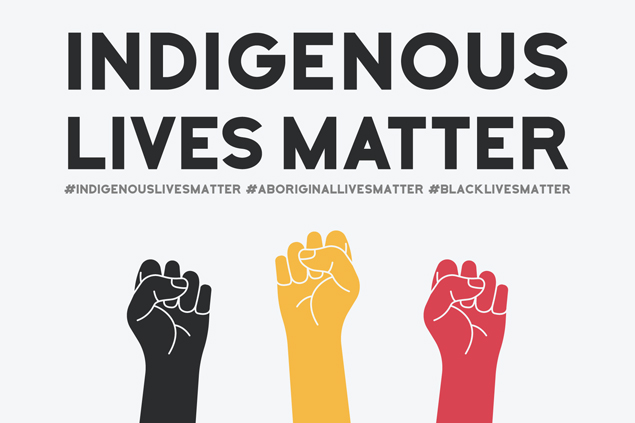
Jessica Presta: Module 4, Post 4
The other question I was curious about answering, was how culturally compatible sharing content on social media is with their culture. What I often find in reference to this is how sometimes creating and sharing content allows Indigenous content creators to practice the art of storytelling and how they need to respect their elders as knowledge keepers, therefore not over share.
Storytelling, which is a common Indigenous practice used to teach and educate others, is used by many Indigenous content creators on their platforms. However, they have to strike a balance between sharing their identities and their cultures while still respecting their elders as knowledge keepers. Often, many content creators explain how they share parts of who they are, and parts of their culture, which they feel is safe and appropriate for them to share within these digital environments. They also discuss intentionally not sharing parts of their culture or traditional practices that are considered sacred. Here are some examples of Indigenous content creators discussing how they find ways to remain culturally compatible with their online activity.

The rest of the article along with TikTok’s from these Indigenous content creators can be found here.
Jessica Presta: Module 4, Post 3
Indigenous people’s use of digital technologies and social media provides them with a medium from which they can share their culture and their identity. By doing so, they combat long standing barriers to visibility. Therefore, I wanted to investigate what features of social media allow them to boost their visibility to larger audiences on these platforms. As I mentioned in my last blog post, a platform that prioritizes abundance and uses unbiased algorithms is a first step to increasing your visibility among users. Another way is through the use of hashtags. One such hashtag that is frequently used among Indigenous content creators and is boosting their visibility among each other and people outside of their culture is #NativeTikTok.

The use of hashtags on TikTok is easily viewable due to TikTok’s transparency with a lot of the data they collect. With a simple search in my own app, these are some of the statistics I found related to Indigenous based hashtags, and their views. Notice #NativeTikTok has 8.8 BILLION views!!
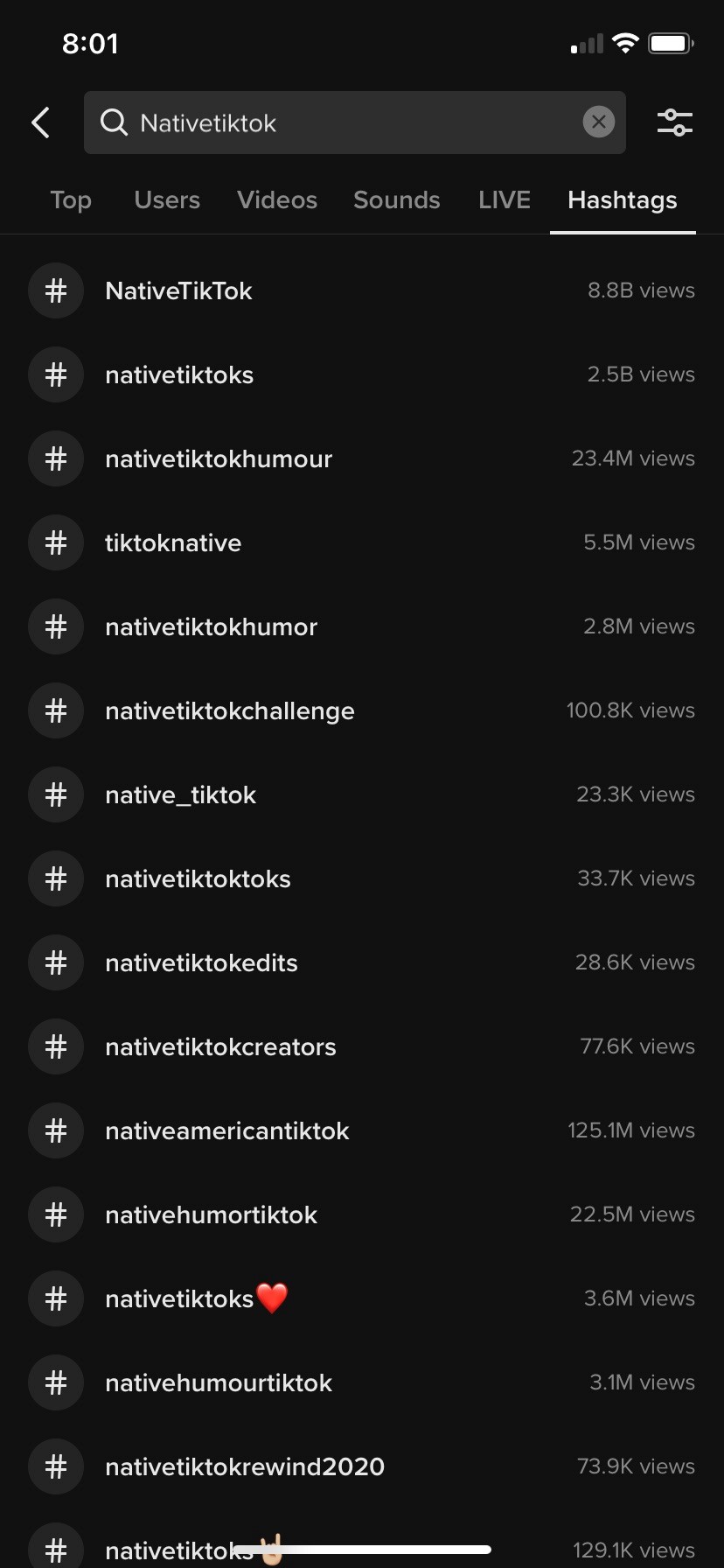
And as you can see, not only can I search for content that has used that hashtag, but I can also look at who is currently doing a LIVE video, I can listen to top trending sounds that are associated with that hashtag, I can watch videos that have used that hashtag, see users as well as the top trending content that has used that hashtag. This cache of content has been created by Indigenous people from all over the world, connecting them and creating a global community like never before. Not only do Indigenous people get to learn about their own cultures and traditions, but they get to learn about hundreds of other distinct native nations worldwide.
The act of being able to share their culture and some traditions, when before it was illegal to do so, is empowering. Having a tool like TikTok that allows Indigenous content creators to break the cycle of invisibility and to be known as contemporary, modern people, enables them to smash stereotypes in order to be truly seen as equal.
MODULE 4 RESEARCH – KELCIE VOUK
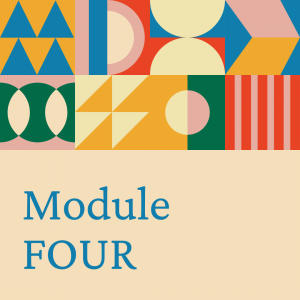
Website 1
Perpetual Salish Artist Interviews

What is it?:
A video of interviews from Indigenous artists who took part in the Perpetual Salish art show in 2015 and curated by artist lessLIE.
Why I chose it:
I particularly like the interview with LessLIE where he talks about his work “Ate Salmon” which starts around the 3 minute mark. It’s important for students to be exposed to the actual voices of Indigenous artists, not just what a non-indigenous teacher tells them about that artist. Videos like this, where the artists have a chance to speak directly about their work, inspirations and influences are vital to helping students understand that Indigenous arts and cultures are both current and vibrant. When we truly and deeply understand that, it is much easier to recognize how we can show appreciation towards this art form, as opposed to stepping over the line of appropriation.
Website 2
Coast Salish Art Lesson

What is it?:
Sarah Jim, an emerging W̱SÁNEĆ artist, gives an explanation of the basics of Coast Salish art with the Sidney School mascot, the bee, as an example.
Why I chose it:
I live, work and play in W̱SÁNEĆ territory, and I was really excited to find a video from a local artist explaining exactly the content I’m currently teaching in my middle school art classes. It can be really difficult to find Indigenous guest speakers, and although this isn’t nearly as amazing as having someone come in to speak to a class in person, a video is the next best thing. It’s so important to go as local as possible with our resources when working to indigenize our classrooms and curriculum. I intend to include some very place-specific resources in my guide not just for other teachers in SD61, but also as a means of showing best practices for anybody else who might use the website. Putting in the work to find and amplify local Indigenous voices is one way of showing appreciation for Indigenous ways of learning and knowing.
Website 3
Makerspaces and Indigenous Learning
https://luclalande.medium.com/ac-makerspace-and-indigenous-learning-b2106c526e06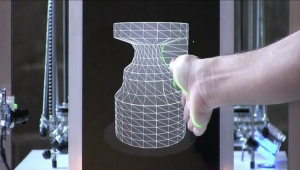
What is it?:
A series of short posts imagining the potential of makerspaces inspired by Indigenous worldviews and cultural practices: that blends the past and the future, knowledge transmission between elders and youth; a space that promotes deeper awareness of Indigenous culture through collaborative “making” projects and a space to inspire innovative ideas to make the world a better place.
Why I chose it:
“Are we recognizing that the very principles that are shaping how we are creating the 21st Century Makerspace learning environments are those same principles that have guided the indigenous peoples for centuries, the very principles and values that were taken from them when traditional school was created?” — Zoe Branigan-Pipe.
As digital and technologically enabled art becomes more and more popular, it is important that we turn to Indigenous voices who are already making use of these new digital spaces. This website has a ton of amazing links to resources that could spark many project ideas for art teachers who want to Indigenize the lessons they create with new technologies. A makerspace informed by Indigenous worldviews (and through hands-on and collaborative learning) will help students explore Indigenous culture, while learning technology through sharing of knowledge and experimenting. It would put into practice the merging of culture and technology.
Website 4
Create to Learn
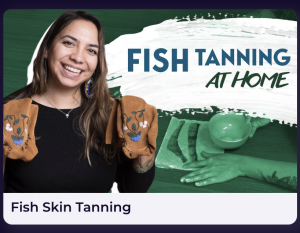
What is it?:
A free online learning resource in partnership with imagineNATIVE. It includes video tutorials on digital skills and traditional knowledge using digital tools, and all videos are created by First Nations, Métis and Inuit artists and media makers to share their skills.
Why I chose it:
This is a really well designed website with a ton of amazing video resources on it. Although the videos are a bit too long for most middle/highschool students, they are a great resource for teachers, and a lot of the artists do a good job of explaining their processes, inspirations and cultural teachings. It can be hard for teachers to find authentic resources for Indigenous arts, and I particularly like how most of the videos are from young, contemporary Indigenous artists. Drawing from contemporary artists helps students connect to the content as they learn about Indigenous culture. Seeing and connecting to Indigenous worldviews helps students build empathy, understanding and appreciation for these art forms.
Website 5
Canada and Ideas of the Land: Online Gallery Visit
https://ago.ca/lesson-plan/canada-and-ideas-land-online-gallery-visit

What is it?:
The ARt Gallery of Ontario provides lesson plans and resources for teachers. This program delves into understanding and exploring artists’ connections to land and leads students to consider their own contemporary, traditional and/or cultural connections of what land means to them. By looking at both 2D and 3D works of art, students will discover how Indigenous and non-Indigenous artists have interpreted their sense of belonging on the land in Canada, and how it is exemplified in their artistic practices. During this visit, we aim to discover, inquire and create works of art that explore how artists are influenced by Canada’s land and people.
Why I chose it:
I like that the key ideas in these activities closely align with the BC curriculum. For example, “How are artists and their works of art influenced by Canada’s land and people?” and “In what ways have different artists used visual language to share ideas, express land, nature and materials at different moments in time?” Using art as a lens through which to view the historical and current mistreatment of Indigenous peoples in Canada is an excellent way to help middle and highschool aged students grasp the difficulties Indigenous communities still face today. It also allows students to explore a nuanced view of Indigenous culture through different time periods.
Website 6
The Revolution Has Begun – Keynote by Christi Belcourt
https://www.youtube.com/watch?v=XqBXDPzyLm0
https://canadianart.ca/features/walking-softly-with-christi-belcourt/
In conjunction with the Walking with our Sisters Project
http://walkingwithoursisters.ca/

What is it?:
Keynote address at the Maamwizing Conference with Laurentian University at Science North, November 2016 by Christi Belcourt, a Métis visual artist and author.
Why I chose it:
In her address Cristi says, “I have heard talks, I have heard the hope, I have heard promises for change. I myself have been inspired at conferences, and perhaps those were in my naïve days when I didn’t know then what I know now—and that is what is happening to the earth.”
She goes on to say that “Reconciliation is neither comfortable nor convenient, and it shouldn’t be […] reconciliation without land returned and a correction of all that has resulted from our dispossession is not even possible.”
Art is not just culture, but also resistance and often drives social justice movements. Christi Belcourt is a great artist to dive into with older students as we begin to talk about art as protest and the role it often plays in bringing mainstream attention to larger issues. “Belcourt’s practice bridges the immense efforts of self-organizing, resisting and sharing knowledge on the land with the space of the gallery, yet works to decentre the colonial gaze inherent in these institutions.” Centring and amplifying the voices of Indigenous artists is critical to opening up this conversation with students, and provides some amazing opportunities for cross curricular connections.
Module 4 – Post 2
https://luclalande.medium.com/ac-makerspace-and-indigenous-learning-b2106c526e06
I appreciate this article as it makes you reflect on how the maker movement is connected to the land, water and air. How can we use this to look and help with real world issues happening around the globe but especially in Indigenous communities. Another resource that provides so much learning opportunity where students can think look learn, ask questions, find a problem, prototype, and design. Here is a write up about water protectors. https://wonderopolis.org/wonder/Who-Are-the-Water-Protectors .This provides a provocation for students to design and to become involved in a movement of change! Other water resources to support the maker movement.
Here is an ArcGIS Storymap to share more information about, “Our Water Connection.” https://storymaps.arcgis.com/stories/20bae302e0b2472594bc64663a8da7fc
This resource allows students to design and make their own stories about the land. https://k12.esri.ca/
When considering the maker movement we need to remember the importance of knowing the importance of where we are from. These interactive digital tools help share a story while connecting to digital maps and storytelling.
Module 4 – Post 5 – First Nations Pedagogy for Online Learning
This resource is found on the https://firstnationspedagogy.com/FN_Pedagogy.html website and is a PowerPoint presentation from Sylvia Currie (Nicola Valley Institute of Technology) and June Kaminski (Kwantlen University College) called First Nations Pedagogy for Online Learning. It discusses their project plan that would work towards providing a resource to support teachers and curriculum designers around Indigenous Pedagogy for online learning. On the first nations pedagogy website the authors have documented relevant theories and also link to the First Nations Pedagogy Online website, which lists further pedagogy and its relevance for online learning.

I must admit that both sites were difficult to navigate, with little direction on how one should explore them. Additionally, the online learning resources are far from the pedagogy, making me wonder if they came to the conclusion that online learning is just learning.
Module 4 – Post 4 – Tools for Assessing and Validating Teaching and Learning Resources…
I’ve searched for assessment guidelines or approaches to verifying educational technology from Indigenous authors, but so far I have little to show for it. This week I stumbled upon this interesting resource which may be applicable when thinking about educational tool validation. This is a PDF of the Western and Northern Canadian Protocol (WNCP) Common Tool for Assessing and Validating Teaching and Learning Resources for Cultural Appropriateness and Historical Accuracy FNMI* content.
*FNMI = First Nations, Metis, and Inuit
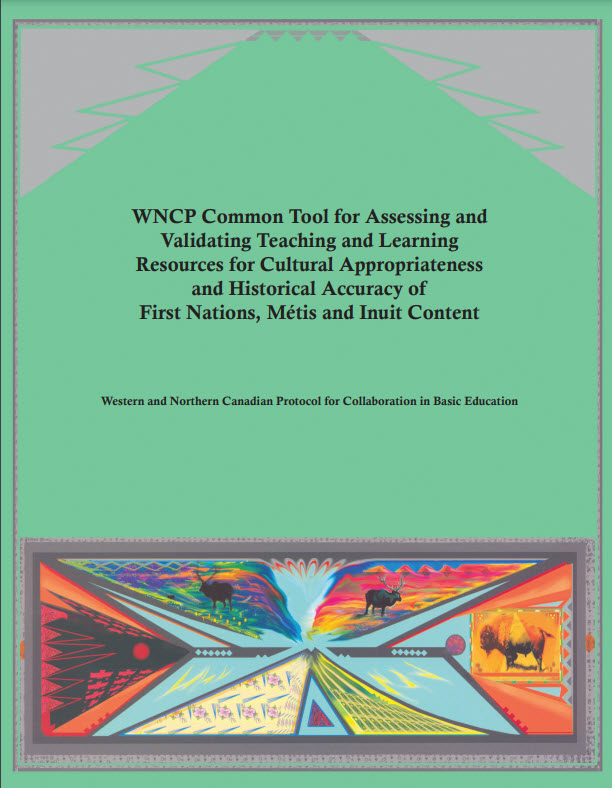
Within it are 4 major checklists which each focus on:
- How the resource was produced
- The authenticity of language and imagery
- Representation of Indigenous knowledge and worldviews
- Historical and contemporary portrays of
One question I thought particularly intriguing:
“Does the resource recognize that FNMI people created technologies, such as snowshoes, kayaks and canoes, that still work just as they were originally designed?”
On the same theme as this question, I would pose to an instructional designer whether or not they go into a meeting with their project team (whether Indigenous or not) assuming they are incorporating new, innovative educational technologies versus the Indigenous community’s perceived ‘primitive’ technologies?
